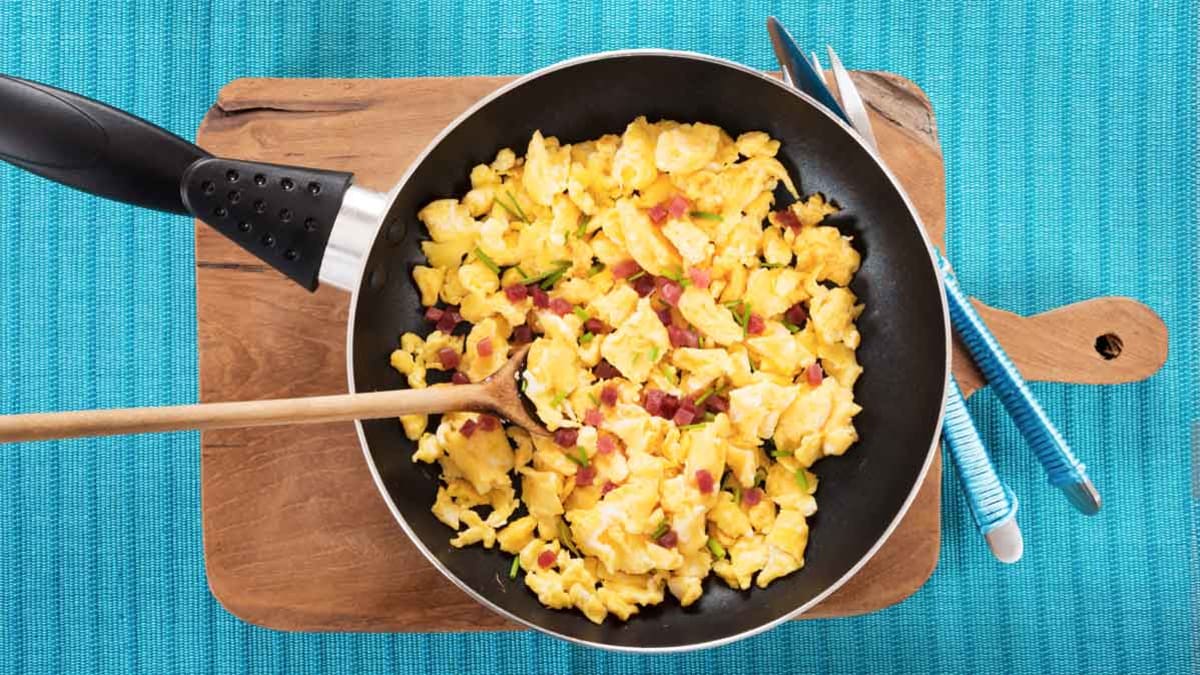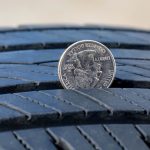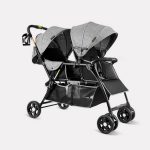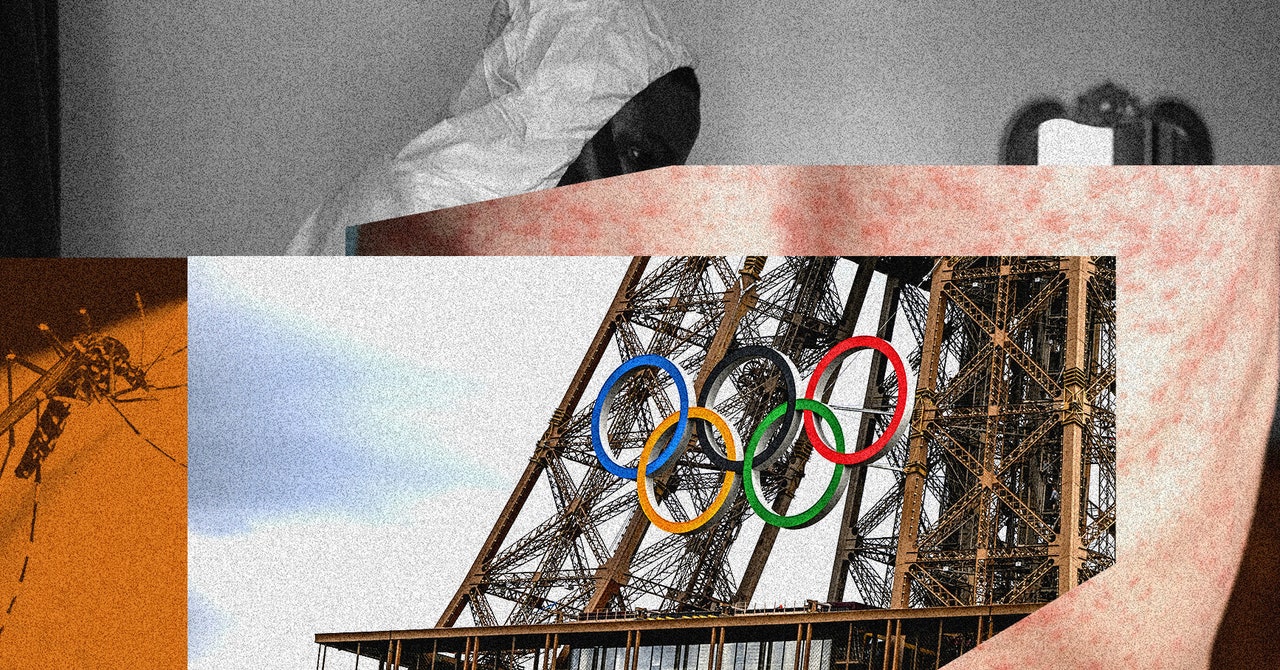
The details: These pans solve the frustration of food sticking, and they require little oil for cooking. Plus they’re lightweight, easy to clean, and affordable. But they can’t take the high heat of a cast-iron or stainless steel frying pan. You’re not going to get much of a sear in a nonstick pan.
And they don’t last as long as cast-iron, stainless, or copper frying pans. “Nonstick is going to wear out the fastest,” Nitahara says. “The nonstick coating is fragile, and once you scratch it, it’s hard to flip an egg.”
Another downside: Some nonstick coatings may be a source of PFAS (per- and poly-fluoroalkyl substances), often called “forever chemicals” for their tendency to persist in our bodies and the environment. Consumers who want to avoid PFAS in their nonstick cookware should look for pans made without PTFE, a coating introduced in the 1940s as Teflon, suggests CR chemist Eric Boring, PhD. CR’s ratings now indicate which tested pans are made without PTFE. Nonstick pans with a ceramic coating are less likely to have PFAS.
In our tests of nonstick pans, we cook four eggs in quick succession. An excellent rating means all four eggs easily slid out of the pan. A poor rating indicates that some egg residue was left behind. To test nonstick durability, we rub the pan with steel wool for 2,000 strokes or until the coating has worn through.
Here are two recommended nonstick skillets from CR’s tests.









